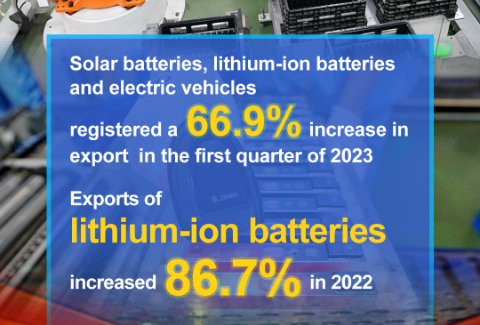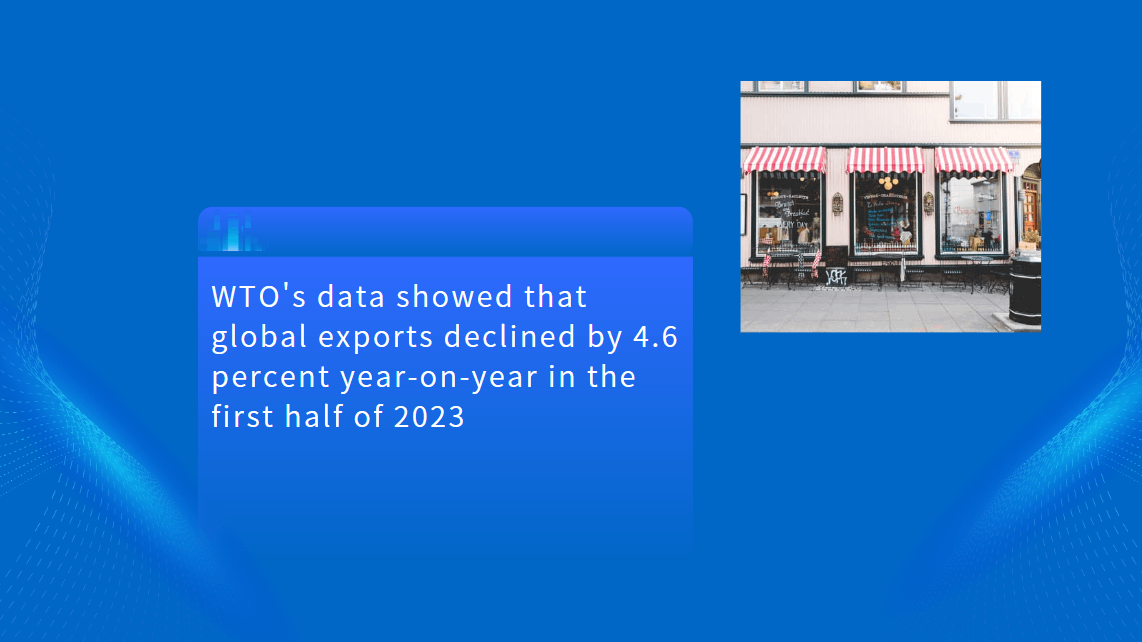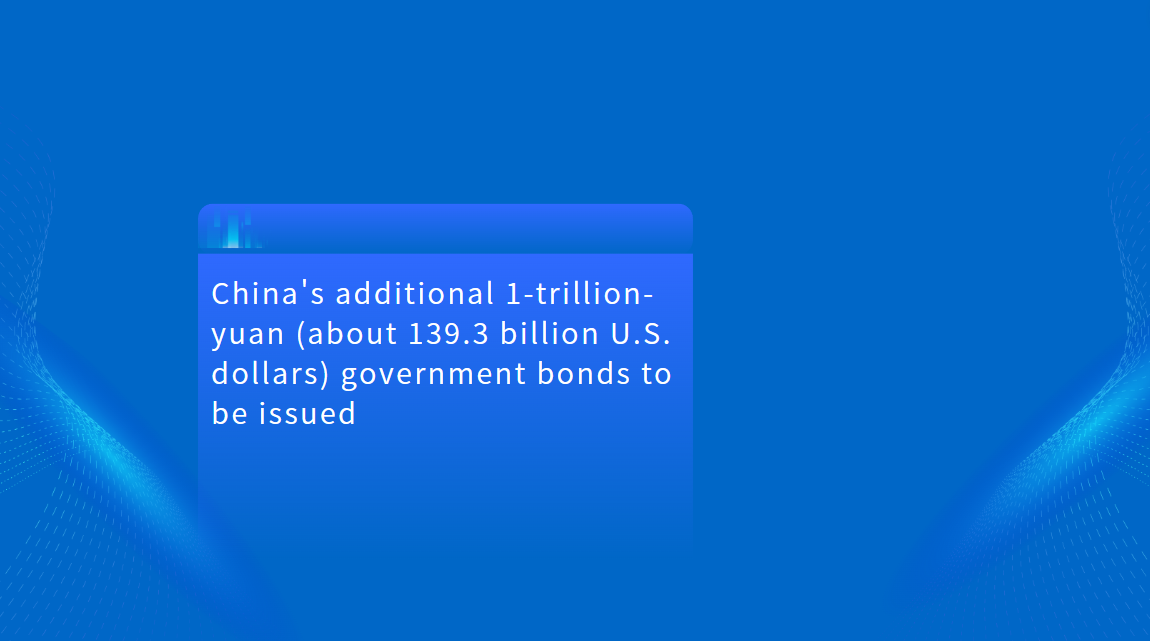China-Africa Trade Sets New Record as Global Supply Chains Reshape
This article contains AI assisted creative content
China's foreign trade grew 2.5% year-on-year in the first five months of 2025, totaling ¥17.94 trillion (approximately USD 2.5 trillion), according to figures released by the General Administration of Customs. This moderate yet steady expansion reflects how the world's second-largest economy is navigating an evolving trade landscape—one increasingly defined by diversified partnerships and shifting geoeconomic alignments.
Exports rose by 7.2% to ¥10.67 trillion, highlighting continued strength in China's manufacturing and logistics capacity. Imports, however, dipped 3.8% to ¥7.27 trillion, suggesting more cautious domestic demand amid a period of structural adjustment. The monthly data for May maintained this trend: a 6.3% year-on-year rise in exports contrasted with a 2.1% decline in imports.

Beneath these headline numbers, one regional trade relationship stood out: Africa.
Between January and May, trade between China and African countries surged 12.4% year-on-year, reaching a record ¥963.21 billion (USD 134 billion). This brought Africa's share of China's total foreign trade to 5.4%—a new milestone, and a signal of deepening ties that extend well beyond transactional exchanges.
Driving this momentum was a sharp increase in Chinese exports to Africa, which rose 20.2% to ¥599.57 billion, comprising machinery, electronics, vehicles, and other industrial goods. In contrast, imports from Africa rose just 1.6%, totaling ¥363.64 billion and dominated by mineral resources, crude oil, and agricultural products.
Such asymmetry reflects long-standing structural patterns in China–Africa trade: industrial goods flow south, raw materials return north. Yet the volume and velocity of change suggest a broader evolution at work. As Dr. Deborah Brautigam of Johns Hopkins SAIS observes, “African economies are sourcing more intermediate and final goods from China not just because of cost advantages, but because those products increasingly align with local industrialization goals.”
Infrastructure investment has played a pivotal role. Chinese-financed ports, rail corridors, and industrial parks across East, West, and Southern Africa are not just supporting trade—they are reshaping it. What was once a collection of isolated bilateral links is maturing into a more interconnected, if still uneven, trade architecture.
Nevertheless, experts warn of the risks embedded in trade imbalance. Former UN Economic Commission for Africa Executive Secretary Carlos Lopes notes, “For this growth to be sustainable, African countries must invest in logistics efficiency, institutional capacity, and trade finance systems. Otherwise, they risk remaining primary exporters in a value-added world.”
For multinational stakeholders—from banks and insurers to logistics providers and advisory firms—the implications are both practical and strategic. The expanding corridor between China and Africa offers an emerging arena for trade finance, cross-border compliance, and greenfield investment opportunities, particularly in sectors such as energy transition, digital infrastructure, and industrial manufacturing.
More broadly, this uptick reflects a quiet but consequential shift in global trade dynamics. As traditional trade routes face geopolitical recalibration, the China–Africa axis is gaining strategic weight—both as a supply chain alternative and as a platform for new forms of commercial diplomacy.
Rather than a detour from mainstream trade flows, Africa's growing role in China's external strategy may mark the emergence of a new center of gravity. One defined not by size alone, but by the speed and shape of its transformation.





















































First, please LoginComment After ~